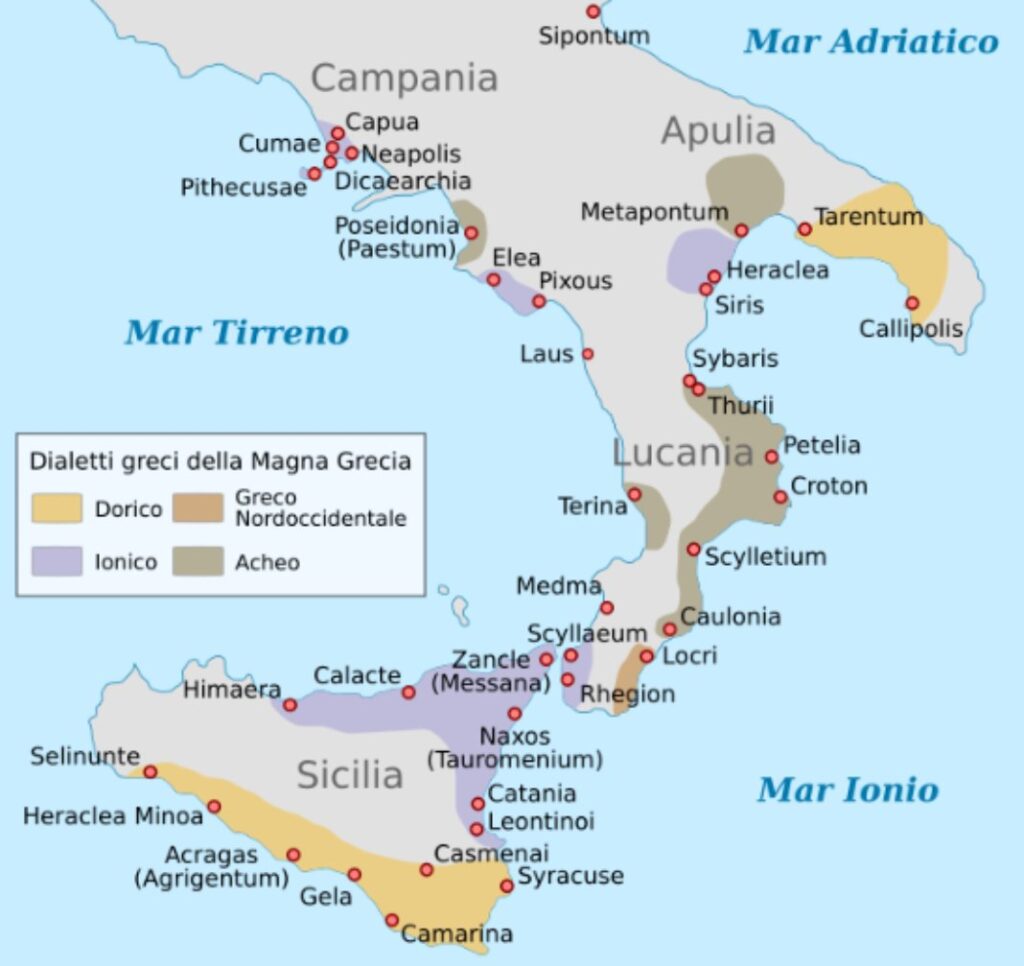The Unique Ancient Tree that Produces Pearly-White Olives
A unique variety of olive trees is known as leucolea, found mostly in southern Italy. It is found in the area known historically as “Magna Graecia” or Greater Greece.
The name of the leukocarpa or leukolea olive is primarily derived from the Greek words for white (Leucos), olive (elaea) and seed (carpos), though developing in its small form. But its fruit is delicate in ivory or pearly-white during the process of maturation.
Experts claim that this particular seed was most probably first introduced to the south of Italy during the years of the Greek colonization of the Italian peninsula and Sicily.
This unique white olive tree is part of the broader family of olives, known to the scientific world as ”Olea Europea”, which means European olive.
The south of Italy is not the only place where this ancient olive is produced, but this region is the main area of production for Leucocarpa olives in modern times.

Similar white olives are found in Greece today but they are quite rare. They can also be spotted in some areas along the Mediterranean coasts of northern Africa and all the way west to the Atlantic shores of Portugal.
However, the Leucocarpa olive is mostly known by different local names, and its products are not exported in an organized and systematic way.
The Leucocarpa was traditionally used in past centuries by the communities of the Mediterranean, mainly for religious purposes, since its white color became synonymous with purity.
There is evidence that even the Christian churches of the region were known to use the special olive oil produced from this variety to anoint emperors and kings, for example.
Unfortunately, for unknown reasons, the Leucocarpa was propagated less and less over the years, and its olives and oils are now rare products, but its delicate beauty is truly quite arresting.
Anyone who is interested in seeing how this ancient olive or olive oil tastes will have to be extremely persistent since it is not very easy to find them in regular supermarkets!





